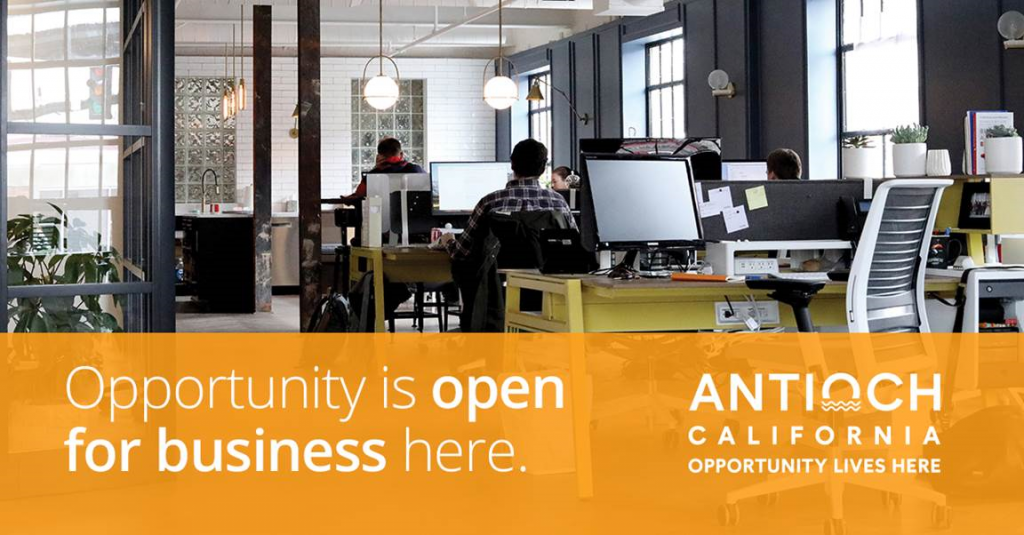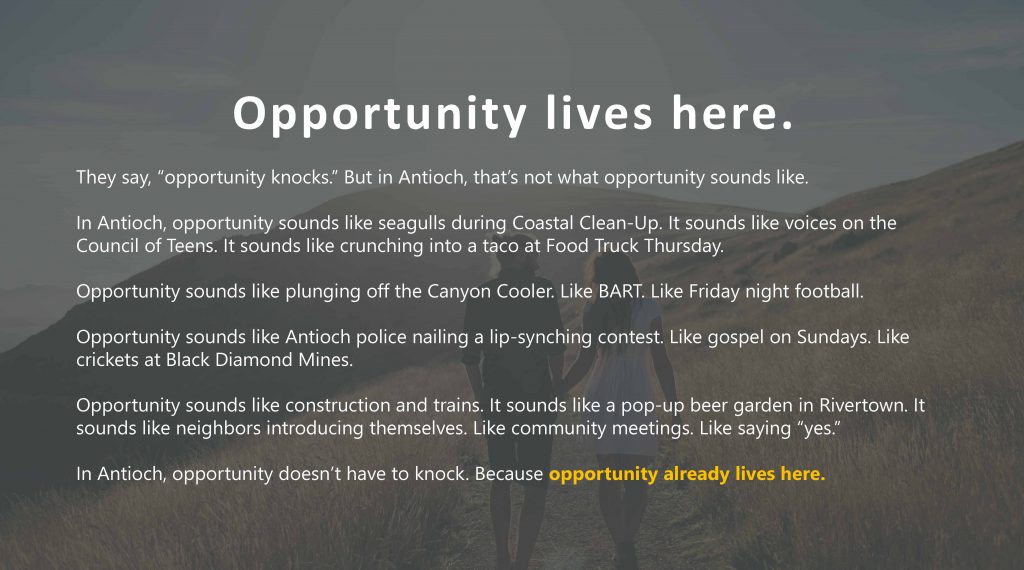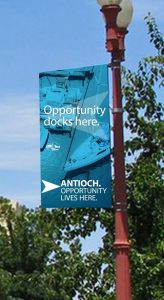Governor Gavin Newsom provides an update on the state’s response to #COVID19.
Posted by California Governor on Monday, July 13, 2020
“We’re turning back into a modification mode of our stay-at-home order.” – Gov. Newsom
Order affects some activities, businesses in Contra Costa County
By Allen Payton
“Looking at the conditions…based on the trend lines, based on the science…increased positivity rates…increased hospitalizations,” California Governor Gavin Newsom announced today he is using a “dimmer switch” for statewide actions.
“We are requiring all counties to close their indoor activities, including restaurants, wineries, tasting rooms, movie theaters, family entertainment centers, zoos and museums, card rooms and the shuttering of all bars,” he stated.
It applies to all counties, not just those on the monitoring list. However, all of those activities have already been closed in Contra Costa County, so that part of Newsom’s order doesn’t affect those in our county.
The governor called for the expansion of “opportunities for outdoor operations,” but didn’t elaborate.

He shared additional sectors that must be shuttered in the counties on the monitoring list, of which Contra Costa County is one.
“For all the counties on the monitoring list we are directing they close indoor operations in additional sectors: fitness centers, places of worship, offices for non-critical sectors, personal care services, that includes hair salons and barber shops, and indoor malls” Newsom stated.
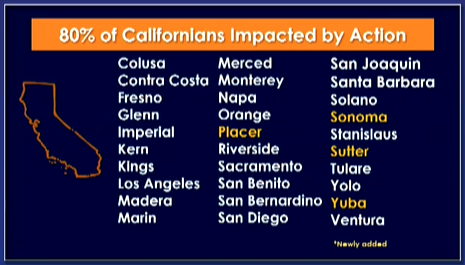
“It’s a dynamic list. Counties come on, counties come off,” he said.
Newsome spoke of the increasing number of cases, positivity rate, hospitalizations and ICU admissions.
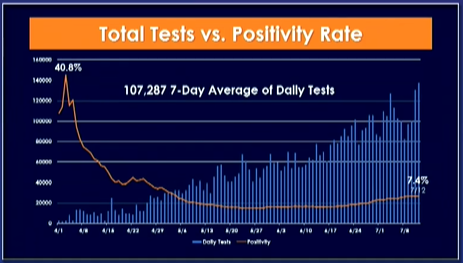
“As of yesterday, in the latest reporting periods, we had 8,358 cases. For the seven-day average there were 8,211 new cases per day,” he shared. “So, you see that seven-day average trending up.”
“The positivity rate has settled in and…over a 14-day period is 7.4%, over a 7-day period it’s 7.7%,” he explained. “This represents a 21% increase in positivity rate over a seven-day period.”
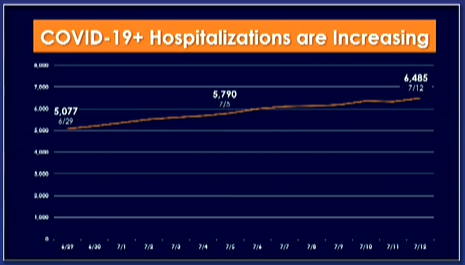
He also spoke of an increase in hospitalizations and ICU admissions.
“We’re seeing a modest reduction in the rate of growth…in the total number of people hospitalized,” Newsom stated.
“That represents a 20% increase over a two-week period, last week it was a 39% increase over a two-week period,” he said.

Newsom then reiterated the wearing of masks, and said, “we’ll get through this” and thanked everyone “from the bottom of my heart for your perseverance, for your patience” and called on Californians to “our need to maintain our vigilance” and “continue to do the good work we’ve done as a state…so we can work through this, get to the other side more resilient, more capable than ever.”
Newsom then held a question and answer session.
According to a County Health Services press release, California COVID-19 closures affect some Contra Costa businesses.
Due to a sharp rise in COVID-19 activity, California Governor Gavin Newsom today announced the temporary closure of several types of indoor businesses and activities.
Effective immediately, all counties must close dine-in restaurants, bars, wineries and tasting rooms, movie theaters, family entertainment centers such as bowling alleys and arcades, zoos and museums, and cardrooms.
None of these types of businesses had previously reopened under Contra Costa County’s social distancing ordinance and must remain closed under the state order.
Breweries, brewpubs and pubs must “close all operations indoor and outdoor statewide,” according to the state’s COVID-19 web page.
Additionally, Gov. Newsom required counties that have remained on the California Department of Public Health’s county monitoring list for three or more consecutive days to close additional businesses and activities, effective immediately.
Contra Costa does meet the criteria, so this part of the governor’s order does apply to the county. Some businesses and activities that had previously been permitted in the county are affected:
- Offices for “non-essential” business sectors, as determined by the state – visit ca.govfor more information when it becomes available.
- Hair salons and barber shops
- Indoor malls
All of these businesses and activities are required by the state to close today unless their operation can be modified to be outside or by pickup.
Other businesses and activities required by the state to close in watch-list counties include indoor worship services and indoor protests, which Contra Costa also suspended with its own local order effective today.
Fitness centers and personal care services, such as nail salons and tattoo parlors, were also named in the state order but had not previously reopened in the county.
For more information about today’s order from California, visit covid19.ca.gov.
Contra Costa Health Services urges everyone to continue taking simple steps to protect themselves from COVID-19: Follow the social distancing order, and wear a face covering when you leave home or when you are near other people. Wash your hands thoroughly and frequently, and always stay home from work or school if you are not feeling well.
Visit cchealth.org/coronavirus for local information about Contra Costa’s response to the COVID-19 pandemic.
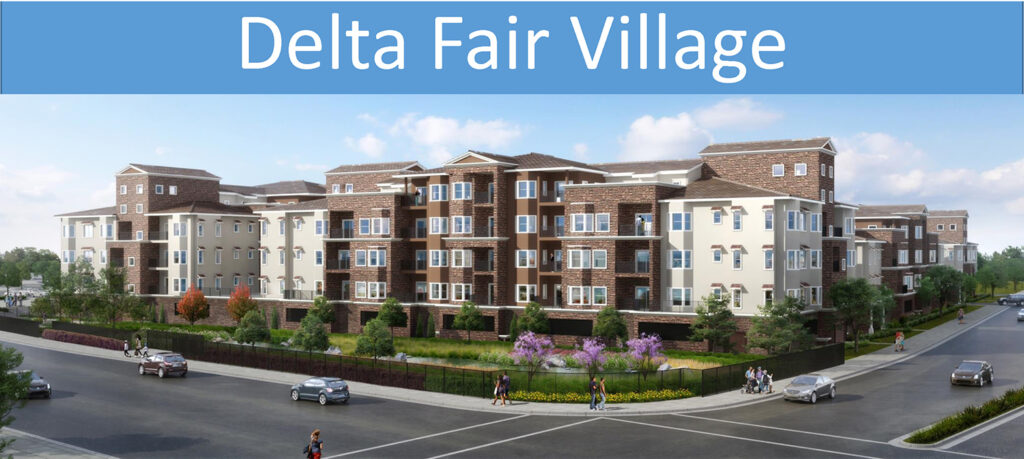
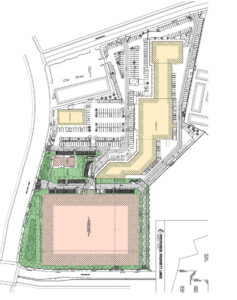
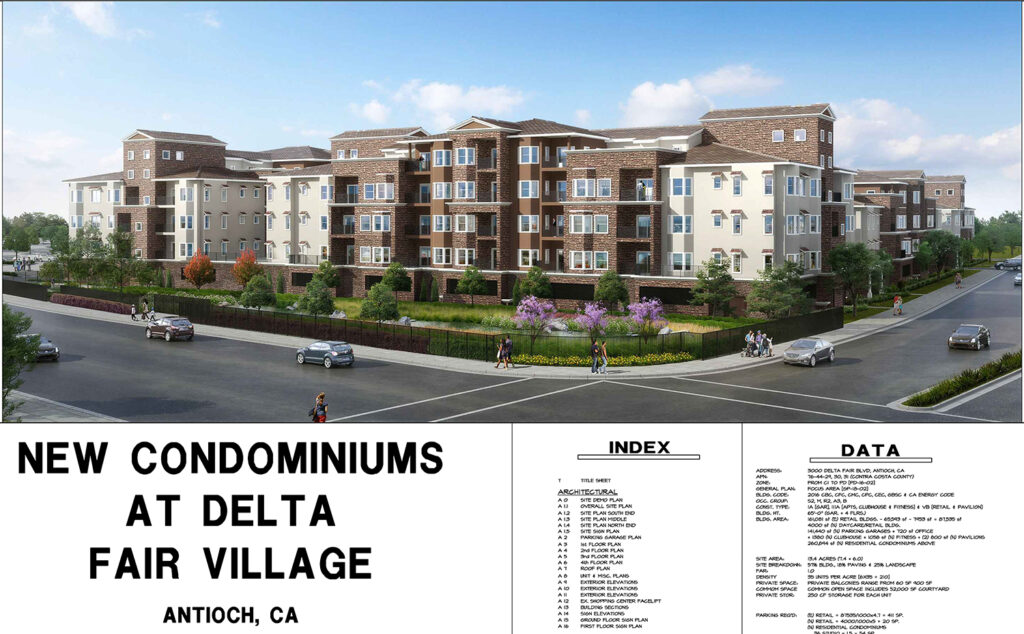
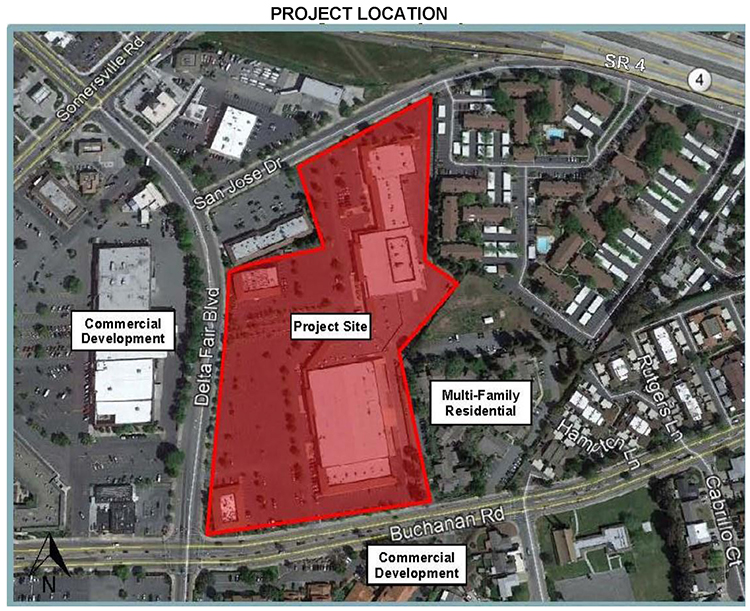








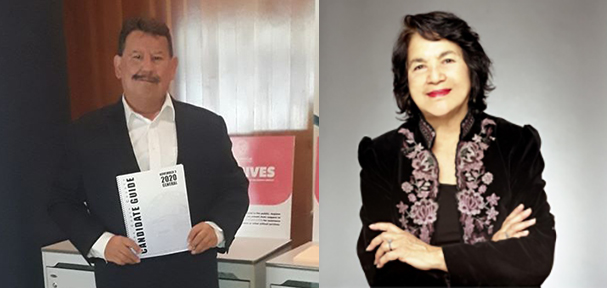
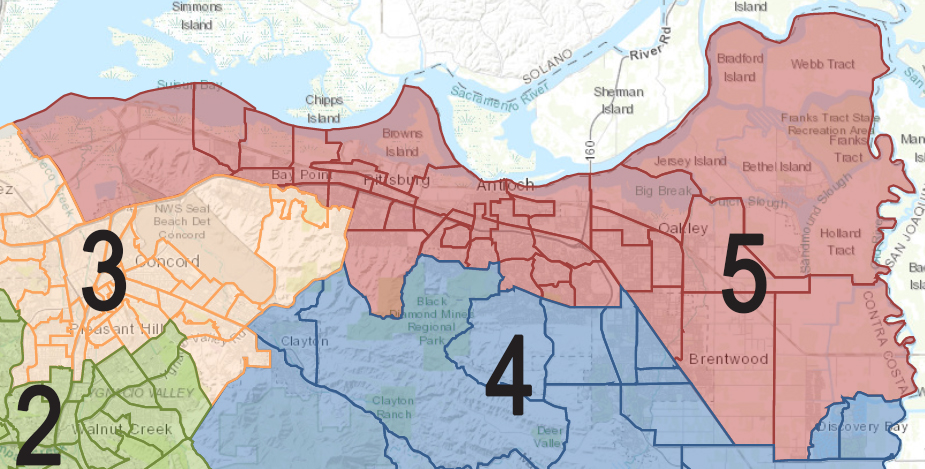





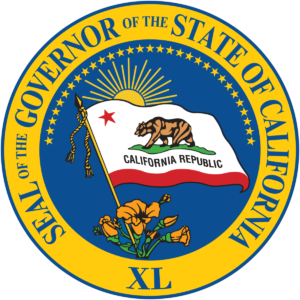 SACRAMENTO (April 17, 2020) – Bringing together leaders across California’s diverse, innovative economic and social sectors to chart a path forward on recovery in the wake of COVID-19, Governor Gavin Newsom today announced the formation of a state Task Force on Business and Jobs Recovery. The Task Force will be co-chaired by Governor Newsom’s Chief of Staff Ann O’Leary and philanthropist, environmentalist and businessman Tom Steyer, who was also appointed Chief Advisor to the Governor on Business and Jobs Recovery. He will receive no compensation for his service.
SACRAMENTO (April 17, 2020) – Bringing together leaders across California’s diverse, innovative economic and social sectors to chart a path forward on recovery in the wake of COVID-19, Governor Gavin Newsom today announced the formation of a state Task Force on Business and Jobs Recovery. The Task Force will be co-chaired by Governor Newsom’s Chief of Staff Ann O’Leary and philanthropist, environmentalist and businessman Tom Steyer, who was also appointed Chief Advisor to the Governor on Business and Jobs Recovery. He will receive no compensation for his service.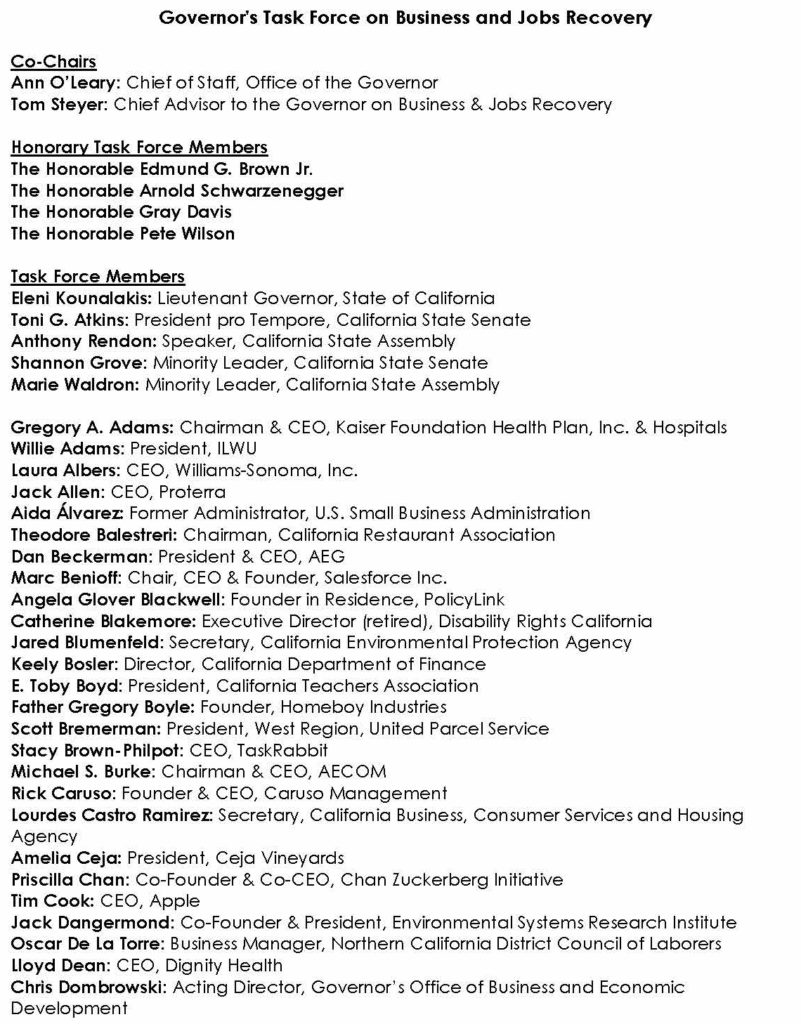
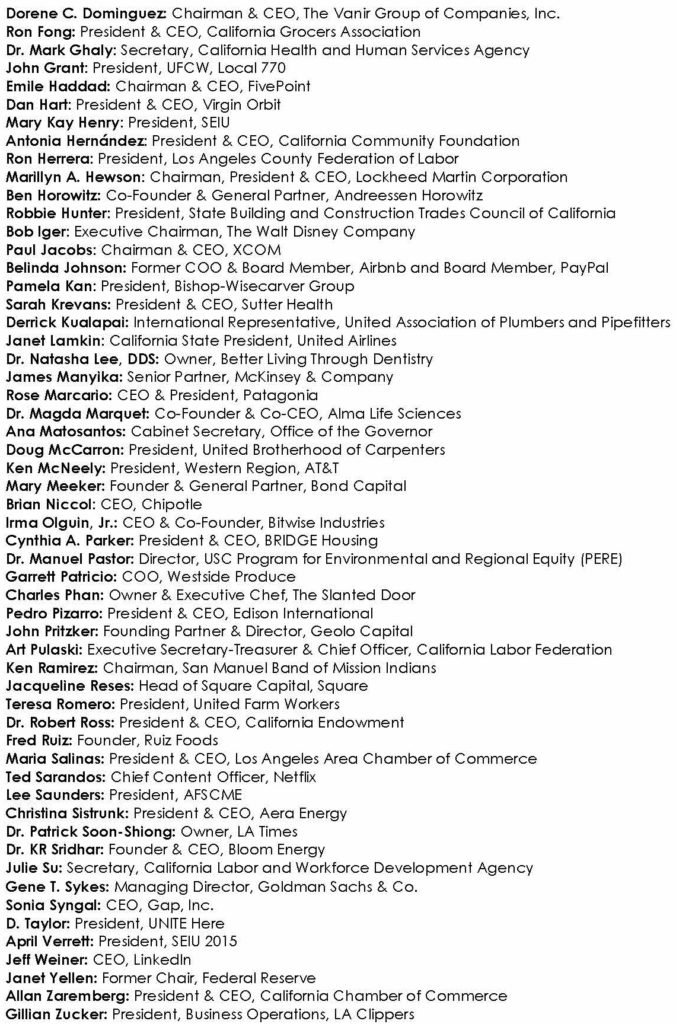
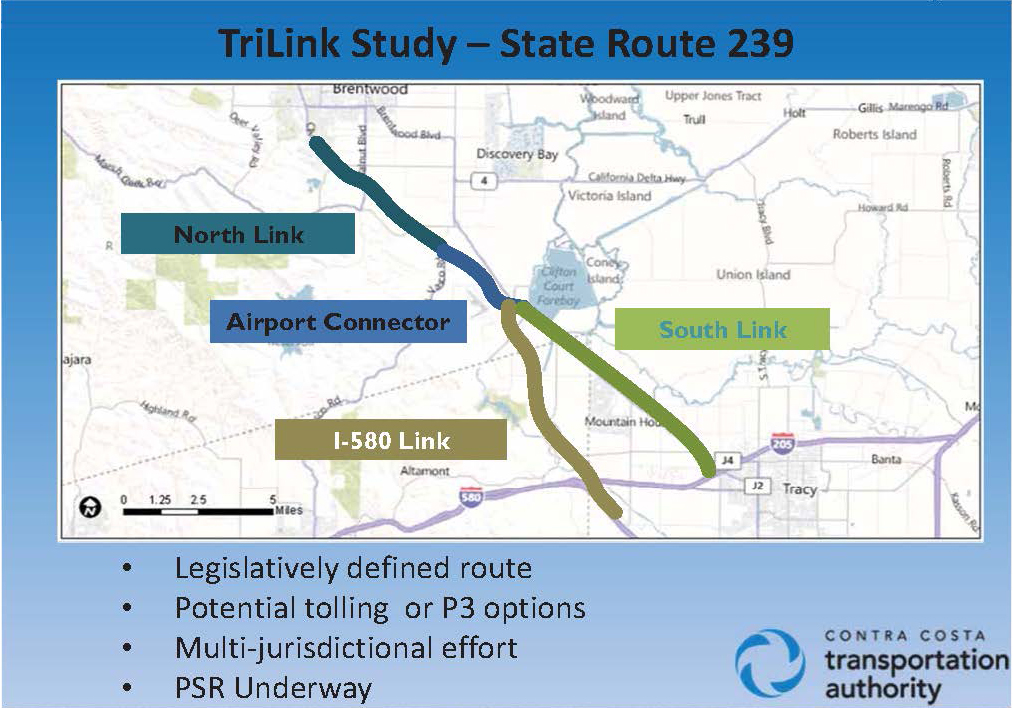
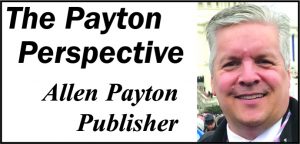 The Contra Costa Transportation Authority is holding Telephone Town Hall Meetings to inform the public of the Initial Draft 2020 Transportation Expenditure Plan (TEP) and get their input before finalizing the plan and placing another tax measure on the March 2020 ballot to fund it. The meeting for East County will be held on Wednesday, Aug. 8 (see
The Contra Costa Transportation Authority is holding Telephone Town Hall Meetings to inform the public of the Initial Draft 2020 Transportation Expenditure Plan (TEP) and get their input before finalizing the plan and placing another tax measure on the March 2020 ballot to fund it. The meeting for East County will be held on Wednesday, Aug. 8 (see

